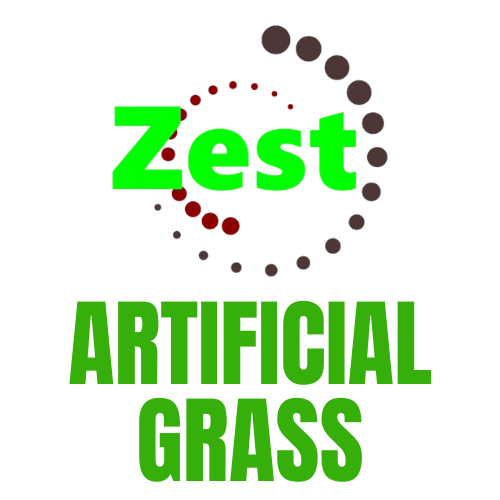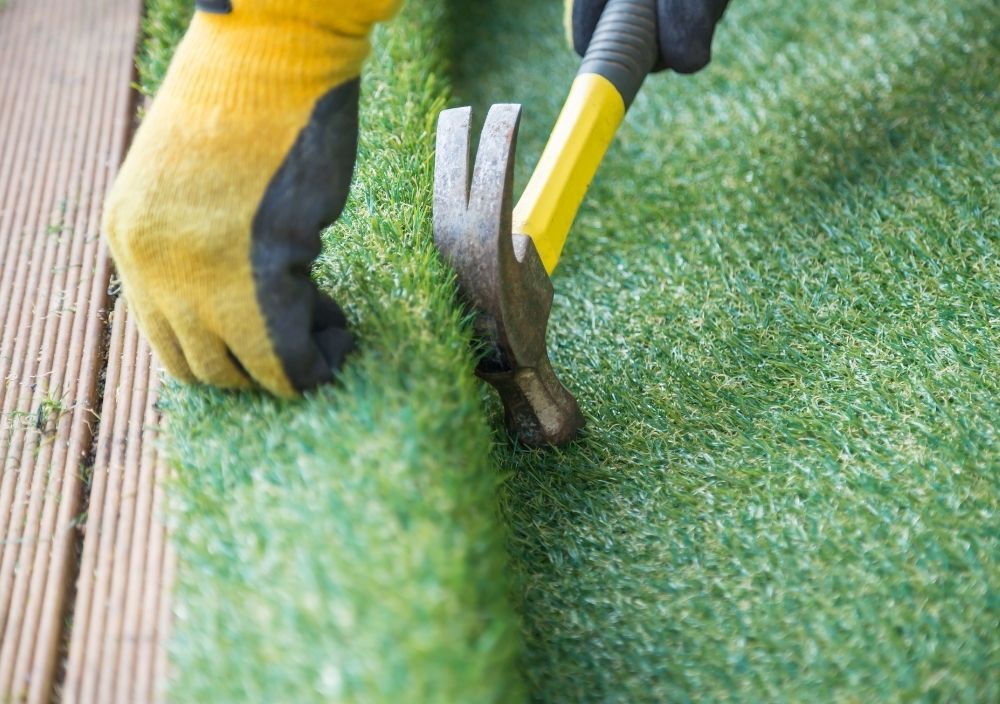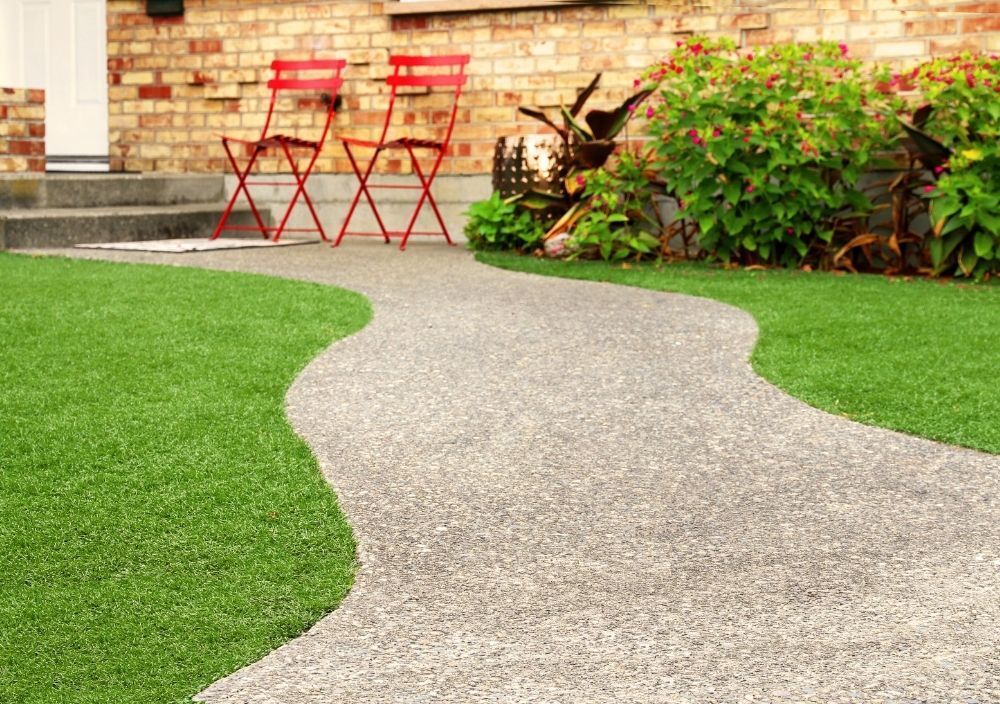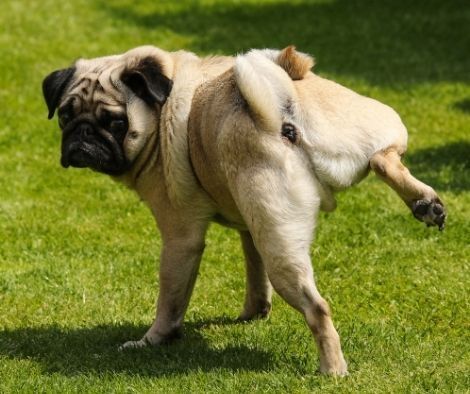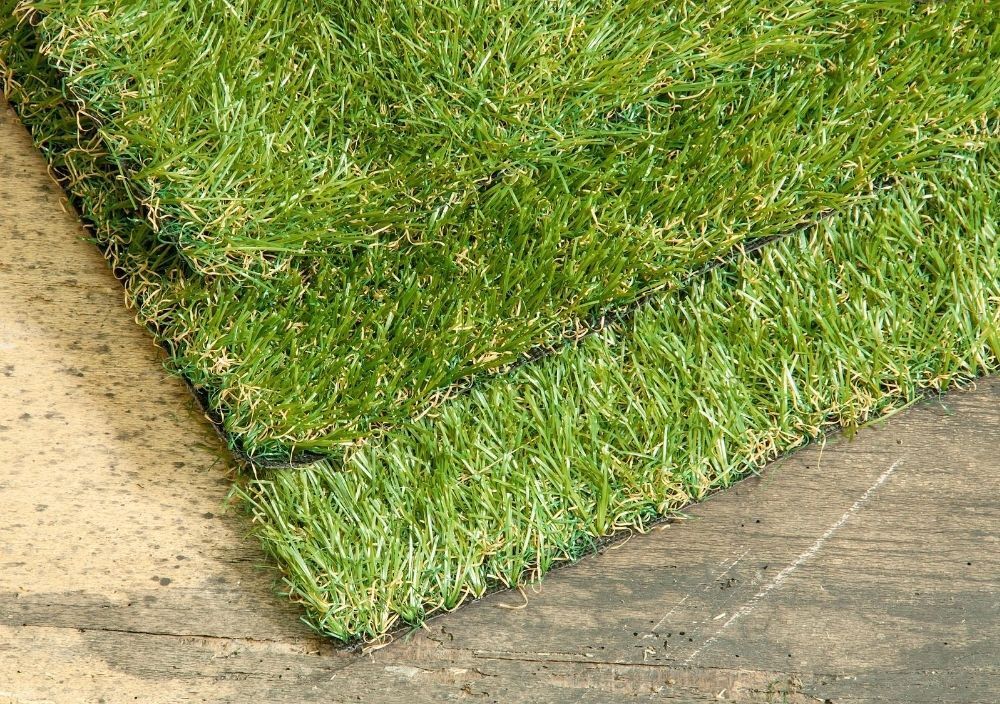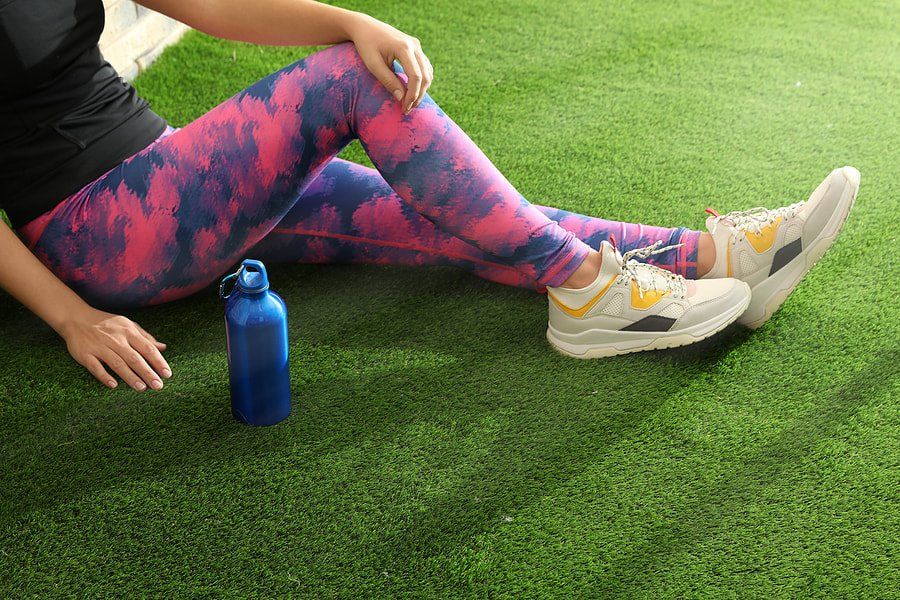Artificial Grass Fitters
Our fitting team are all experiences artificial grass installers. So if you are looking for the best artificial grass fitters you need not look further. Our professional artificial grass installation teams are here to assist you in making the best decisions regarding your artificial grass choices and fitting. Our extensive groundwork experience means that we take no shortcuts and know the best way to lay your fake grass.
Before any work can begin we need to have an agreed plan on the design if your artificial lawn. Whilst you may think surely “it’s just a case of rolling out the grass and fixing it down” that would be a massive oversimplification.
Once we have agreed on how you will want your lawn laid we can get stuck into what’s involved in ensuring that you get an excellent installation. One of the first things we do is check the soil and slope to understand what the natural level of irrigation and water drainage there is likely to be as this will influence the base level preparation. Installation of a proper sub base to your fake grass top layer will make a massive difference to the effectiveness of water drainage of pee drainage if you have a dog.
Artificial Grass Installers
There are a number of points which need to be considered. Firstly what grass are you going to select? There are a number of choices depending on your requirements and budget but the less obvious consideration will be the
width of the roll. Now this in itself is not the start point but certain synthetic grasses come in certain widths with the most common being 2 and 4 metres. Now if you have a lawn area which is 4.8m you may be better off selecting a synthetic grass which is available in a 5m width. Why? Well in this example there are 2 main reasons.
The first reason is cosmetic. Even though we do as much as possible to make any joins between rolls as inconspicuous as possible, over time and use when the grass flattens the joint will become a little more visible. This joint can be hidden more by simply brushing up the piles again but there will always be a subtle hint of a join, so wherever possible it makes sense to avoid these or depending on the size of your lawn aim to have the least number of these.
Fake Grass Installation
The second reason is the overall cost. Since grass is purchased by lengthy excess grass is effectively waste, which has been paid for – in exactly the same fashion as carpets. Many people will use these off-cuts as a base for plant pots or find some other uses depending on the amount left but in our example even though the m2 cost of a 5m roll would be more than that of the 4m or 2m rolls you would be needing both of these rolls and would be wasting over a meter of one roll, which is likely to cost more in total. Again depending on the shape of your lawn area and slope, where possible we would always advise laying the final artificial grass layer in the direction, which will give you the least number of joints.
The next decision will be the edging surrounding your artificial lawn. Using sleepers is a popular way of surrounding your lawn. Again depending on your existing setup, you may want these raised or sunk a little, depending on what’s the other side. It may be your front lawn which you want running up to the brick edging of your drive, or simply to stop at ground level up to a border or even a fence. This is an opportunity to decide on your surround and how this will work with other landscape plans you may have.
Finish off your artificial grass installation
This aggregate base will vary according to these requirements and once that has been laid and flattened a weed membrane will be laid on top of that. This is then followed by a layer of sand which is then flattened off.
Jointing fabric is laid down if there are any joints and then the artificial grass is carefully rolled out on top of the sand ensuring all blade grains are facing the same direction. The grass is then fixed down and onto the jointing strip ensuring there is no gap between rolls and all edges are securely down. Depending on your chosen grass and an additional fine layer of sand will be added on top of your grass and brushed in.
Ready for a new artificial grass lawn?
Need help?
Looking for Artificial Grass near me?
Frequently Asked Questions
AREAS COVERED BY ZEST ARTIFICIAL GRASS FITTERS:
Artificial Grass Fitters Leeds, Artificial Grass fitters Lincoln, Artificial Grass Fitters Ilkeston, Artificial Grass Fitters Nottingham, Artificial Grass Fitters Long Eaton , Artificial Grass Fitters York, Artificial Grass Fitters Coventry, Artificial Grass Fitters Leicester, Artificial Grass Fitters Northampton, Artificial Grass Fitters Peterborough, Artificial Grass Fitters Reading,
Artificial Grass Fitters Kenilworth , Artificial Grass Fitters Leamington Spa , Artificial Grass Fitters Warwick , Artificial Grass Fitters Rugby ,
Artificial Grass Bourne , Artificial Grass Fitters Stamford , Artificial Grass Fitters Spalding , Artificial Grass Fitters Holbeach , Artificial Grass Fitters Sleaford , Artificial Grass Fitters Grantham , Artificial Grass Fitters Oakham ,
Artificial Grass Fitters Chelmsford , Artificial Grass Fitters Ipswich , Artificial Grass Fitters Clacton on Sea , Artificial Grass Fitters Colchester ,
Artificial Grass Fitters Sheffield , Artificial Grass Fitters Rotherham , Artificial Grass Fitters Doncaster , Artificial Grass Fitters Chesterfield , Artificial Grass Fitters Barnsley , Artificial Grass Fitters Worksop , Artificial Grass Fitters Mansfield , Artificial Grass Fitters Dronfield , Artificial Grass Fitters Dinnington , Artificial Grass Fitters Retford , Artificial Grass Fitters Matlock ,
